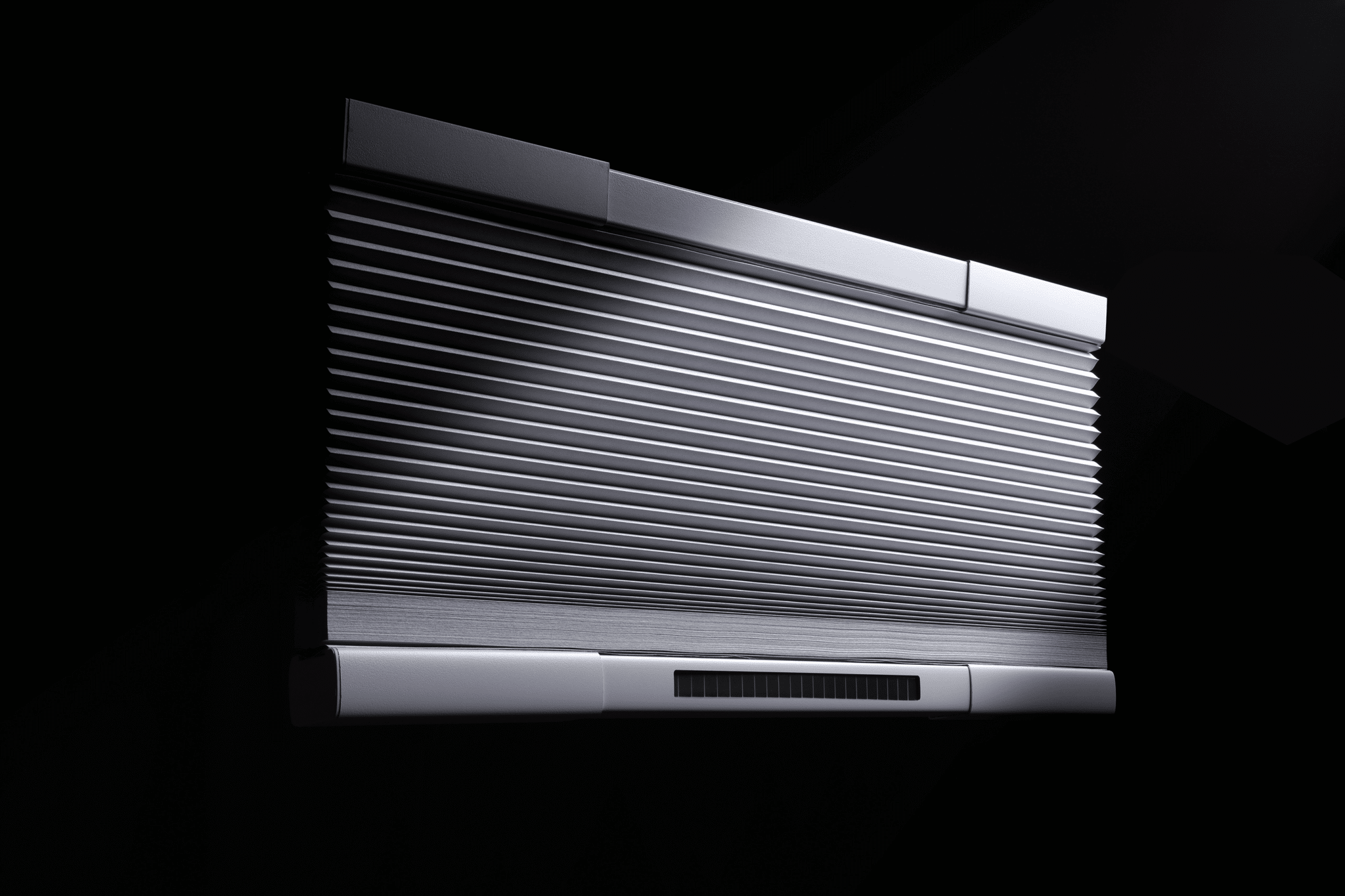Window coverings have remained relatively unchanged, even as our homes have become smarter with devices like learning thermostats and video doorbells. Enter Mado Dynamic, a company aiming to revolutionize window treatments with their precision-fit, solar-powered, automatic blinds. They are hoping to make smart shades accessible and easy to install for everyone.
I had the opportunity to interview Mado’s co-founder, Andrew Einaudi, to get his take on what makes Mado unique, how the AI behind it really works, and what the future holds for the brand. You’ll find that exclusive Q&A later in the article.
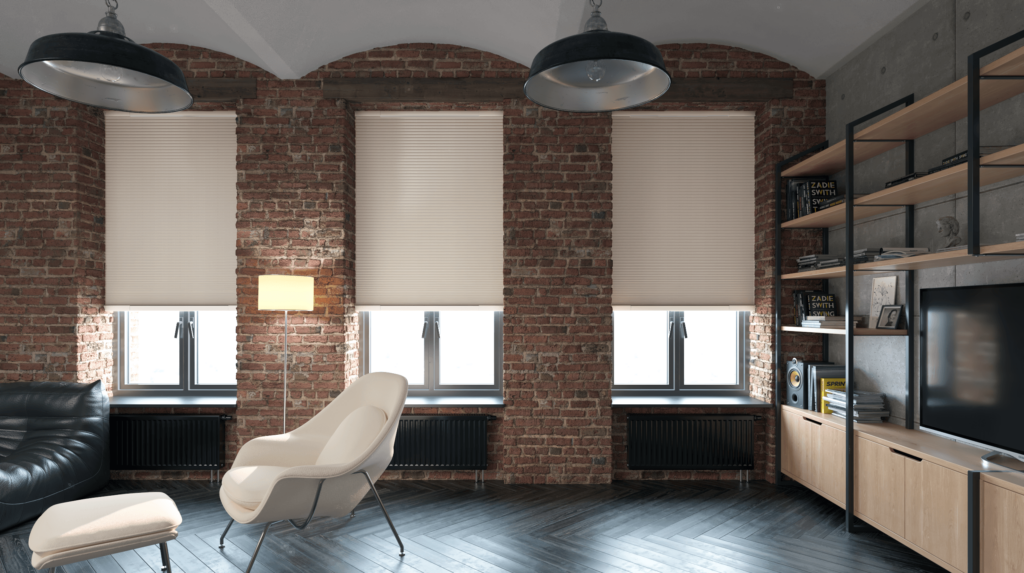
For homeowners with sun-drenched windows, such as south-facing ones that receive intense sunlight throughout the day, Mado’s automated shades promise a solution that combines convenience with energy efficiency.
Table of Contents
What is Mado? A smarter way to block the sun
Mado Dynamic introduces a fresh perspective on window coverings by offering shades that are not only aesthetically pleasing but also intelligent. Launched via Kickstarter, Mado’s goal is to simplify smart blinds, making them easy to measure, cut, install, and operate.
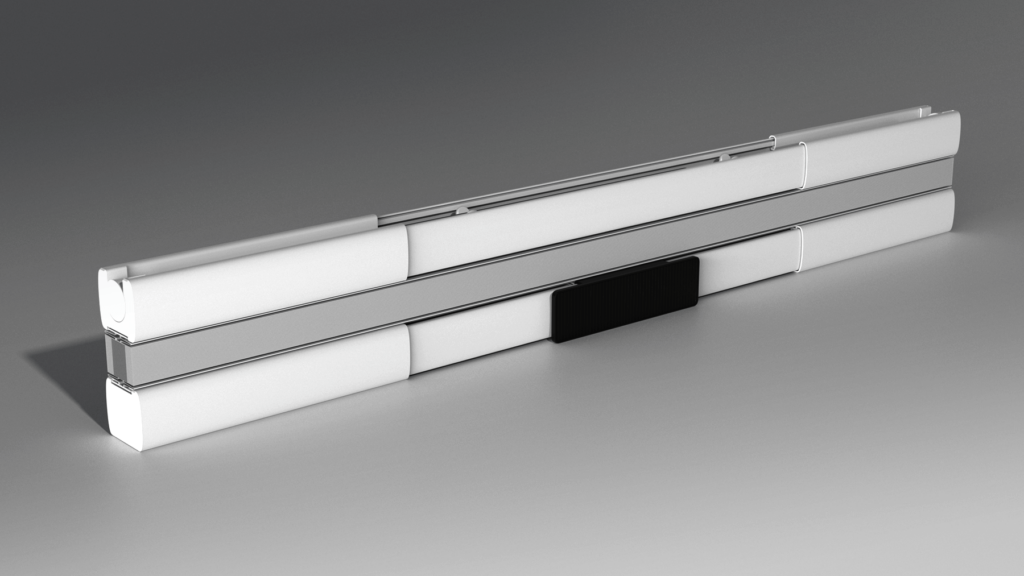
Designed for a broad audience, including renters, parents, and tech enthusiasts, Mado’s blinds are solar-powered, customizable, and AI-assisted. Their modular design ensures that users don’t need specialized tools or professional assistance for installation.
Key features that make Mado stand out
Mado represents a thoughtfully designed departure from traditional window coverings, aimed at solving the everyday frustrations many people face with blinds. From the solar-powered automation to the tension-based installation system, Mado reimagines every part of the blinds experience to make it smarter, sleeker, and simpler. Here are some standout features of Mado blinds:
1. Solar-powered simplicity
Mado’s integrated solar panel powers the motorized blinds, eliminating the need for external power sources or battery replacements.
2. Automatic adjustment with AI
The blinds utilize AI to calculate the sun’s path, weather conditions, and time of day, automatically adjusting to optimize energy savings and indoor comfort.
3. Tool-free installation
Installation is straightforward: secure the tension bar, trim the shades to fit, and snap them into place. No drilling or precise measuring is required.
4. Cord-free and family safe
With no dangling cords, Mado shades are safe for households with young children and pets, providing peace of mind along with functionality.
5. Modular, DIY-friendly design
The shades’ design allows for easy customization and relocation, catering to renters and those who frequently redecorate or move (assuming the window size is the same).
The install process: No toolbox required
Mado shades are designed for easy, do-it-yourself installation. The process involves securing a tension bar that determines the exact window width, trimming the shades to match, and snapping them into place. This approach ensures a custom fit without the need for drilling or complex measurements.
For homeowners who have struggled with traditional window treatments, Mado offers a refreshing alternative that simplifies the installation process.
Smart home integration: Not just dumb automation
Mado shades are compatible with popular home automation systems, including Apple HomeKit, Amazon Alexa, Google Home, and Samsung SmartThings. This integration allows users to control their shades via smartphone apps or voice commands, enhancing the convenience of smart home ecosystems.
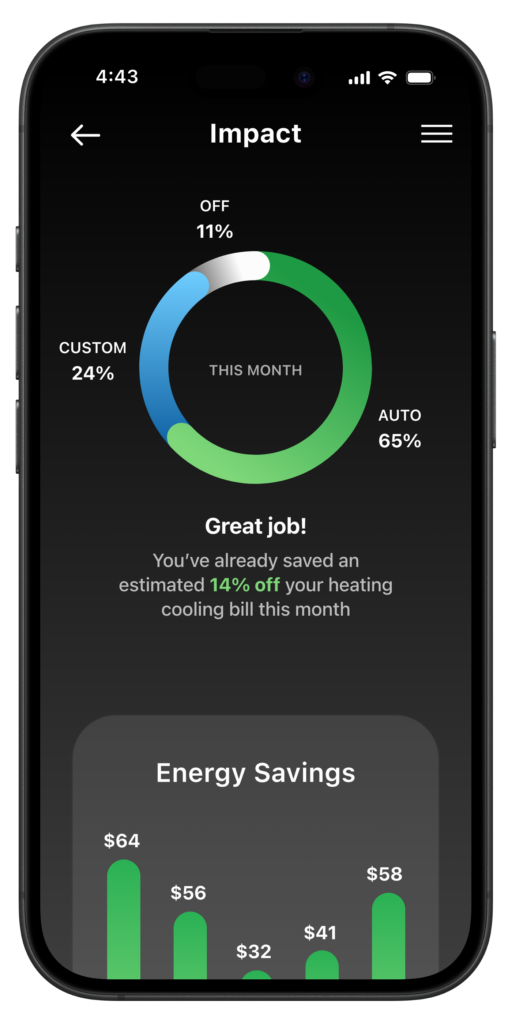
Energy savings and sustainability
Beyond convenience, Mado shades are designed with sustainability in mind. The honeycomb fabric used in the shades provides insulation, reducing heat loss by up to 46% in winter and heat absorption by up to 78% in summer. This insulation can lead to significant energy savings by minimizing the need for heating and cooling.
Additionally, the solar-powered motor reduces reliance on household electricity, contributing to a greener home environment.
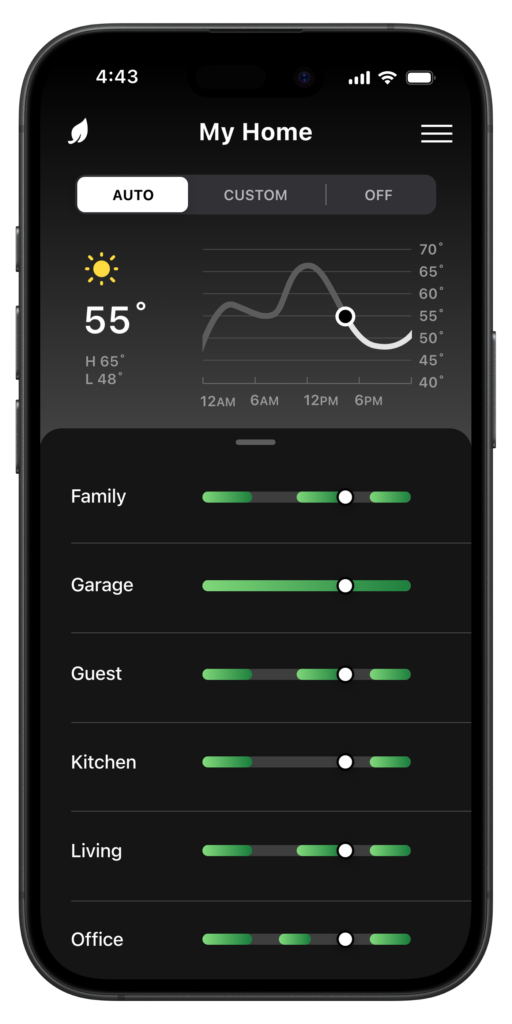
If you enjoy smart, solar-powered gadgets around the home, such as outdoor lights, motion sensors, or security cameras, you’ll appreciate this next evolution of everyday solar tech.
Use cases: Who is Mado for?
Their flexible design allows Mado shades to work in many types of homes and living situations. Whether you rent, own, or just want an easier way to manage natural light, there’s likely a use case that fits. Mado shades cater to a variety of households:
- Busy parents: Automated operation and cordless design ensure safety and convenience for families with young children. With the ability to adjust shades automatically throughout the day, parents can focus on their routines without worrying about managing sunlight or privacy.
- Remote workers: Automated light control can reduce glare during video calls and create a comfortable workspace. A smarter shade setup can also help boost productivity while cutting down on screen-related eye strain.
- Renters: Easy installation and removal make Mado shades ideal for rental properties, allowing tenants to upgrade their space without permanent alterations. Plus, the sleek design adds a modern touch that doesn’t require landlord approval. (I still recommend checking with the homeowner first.)
- Homeowners with sun-exposed windows: For those with windows that receive intense sunlight, Mado shades offer automated light and heat control, enhancing comfort and energy efficiency. It’s an easy way to protect furniture, reduce HVAC use, and keep rooms from turning into saunas.
And yes, Mado offers homeowners like me peace of mind (and less squinting) with blazing south-facing windows.
Backing Mado on Kickstarter: How to get in early
Mado Dynamic launched its Kickstarter campaign on March 11, 2025, aiming to raise funds for the development and production of their innovative shades. The interest was so high that the campaign was fully funded in only 90 minutes. The funding goal was $37,000, and as of this writing, it has received pledges of almost $200,000!
Early backers have access to exclusive discounts and the opportunity to be among the first to experience Mado’s smart shading solutions. For those interested in supporting the campaign or learning more, details are available on Mado’s Kickstarter page.
Once the Kickstarter ends (around 4/20/25), you should be able to purchase the shades on their main website.
Founder spotlight: Insights from Andrew Einaudi, Mado’s co-founder
To get a closer look at the thinking behind Mado, I asked co-founder Andrew Einaudi a few questions about the product, the technology, and where the brand is headed.

Question 1: What was the biggest “aha” moment that led you to start Mado Dynamic and reimagine traditional blinds?
Andrew Einaudi: The big “aha” came when I realized how backward the current process is for installing custom blinds. Typically, you have to decide where to mount the blind, take theoretical measurements, send those off to a fabricator, wait for a custom shade, then measure again to mount the brackets, only to find that the shade doesn’t fit the way you expected. My breakthrough was flipping that process: what if the size of the shade was defined after the brackets were mounted? That’s exactly what we do at Mado Dynamic. We use a tension bar to define the exact width of the opening and hold the brackets in place, ensuring a perfect fit every time, no planning, no measuring, no custom fabrication needed.
Q2: How does Mado’s AI engine work behind the scenes to adjust blinds automatically? Are there any plans for app-based personalization?
Andrew: Mado’s AI engine uses academic, industry-proven algorithms to determine when to raise or lower shades based on your window’s orientation, local weather, and zip code, especially when you’re away from home. This helps maximize energy savings with minimal effort. The more nuanced challenge is automation while you’re home. Most people don’t want their shades moving unexpectedly when privacy matters. So we’ve built in simple, transparent rules and adaptive learning, along with an easy manual override, to ensure your shades behave in ways that are intuitive, predictable, and never intrusive. App-based personalization is definitely on our roadmap, but user control and trust will always be at the core of our system.
Q3: What design challenges did you encounter while creating a cut-to-fit, tool-free installation system, and how did you solve them?
Andrew: Designing a cut-to-fit system meant it had to be simple, safe, and, ideally, satisfying. Surprisingly, people love cutting these shades. It’s easy, a little addictive, and gives a real sense of accomplishment. Going tool-free was another fun challenge. The trickiest part was dealing with narrow-depth windows, where space is limited. To solve that, we engineered a clever nut interface that makes it easy to tighten the tension bar even in tight spaces, no tools, no frustration, just a clean, secure fit.
Q4: Can you share how Mado shades are tested for durability and performance over time, especially with daily movement and solar charging?
Andrew: We’re working with top-tier shade and motor manufacturers who bring decades of experience in durability and reliability. On top of that, extensive beta testing in real homes has shown that Mado shades hold up exceptionally well to daily use. As for solar performance, the Mado C-Series solar panels are designed to efficiently charge the battery, even in indirect light. In most cases, the adjustable solar panel captures enough ambient sunlight to keep the shade powered indefinitely. But we also planned for edge cases: in low-light conditions, like north-facing windows or shaded areas, the built-in battery can last up to six months without any sunlight. And if solar charging isn’t viable, we’ve included a USB-C port in the bottom rail for quick and easy recharging. It’s a seamless backup that ensures your shades stay powered, no matter what.
Q5: As a startup in a very practical product space, how are you planning to evolve Mado beyond Kickstarter, any future product lines or smart home integrations in the works?
Andrew: Over the past three years, I’ve seen firsthand how little innovation there’s been in the window covering space. That gap has been a huge opportunity for us. Along the way, we’ve developed a deep bench of core IP, trade secrets, and filed multiple patents that go well beyond just one product. The Mado C-Series, our first release, where C stands for cellular, is just the beginning. We have a full roadmap of follow-on window efficiency products that build on the same core principles: easy install, no measuring tape, no tools, zero maintenance, and a perfect fit. That perfect fit isn’t just about aesthetics, it’s what drives better privacy, blackout performance, and real energy savings. Smart home integration is a key part of our DNA, with Matter support available from day one. But more importantly, our focus remains on delivering practical, elegant solutions that take the friction out of making homes more comfortable and energy-efficient.
Want to see Mado’s “Origin Story” straight from Andrew? Take a look at this video:
Final thoughts: Mado could be a game-changer for smart window tech
Smart homes shouldn’t be complicated, expensive, or intimidating. Mado gets that. It offers a stylish, solar-powered, and set-it-and-forget-it approach to one of the most overlooked parts of the modern home: your windows.
While I haven’t tested the blinds firsthand (yet), I’m genuinely excited by what Mado is doing. It checks the right boxes: ease, efficiency, safety, and sustainability. If you’re looking for a smart upgrade that blends into your lifestyle and makes everyday life just a little more convenient, Mado might be worth a closer look.
And stay tuned, I hope to get a set to review soon and share the full hands-on experience. Until then, feel free to share your own smart shade stories in the comments or drop me a line if you’ve backed Mado. Let’s keep the sun out and the smart home vibes rolling.
HTD says: Smart, solar, and stress-free, Mado’s automated blinds might be the smartest upgrade your windows (and your home) make this year.
